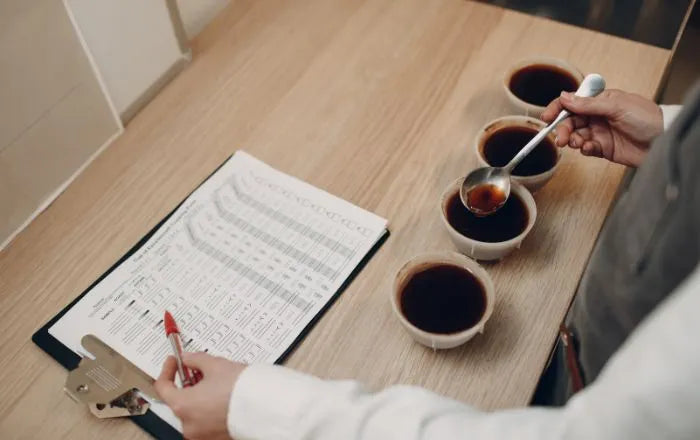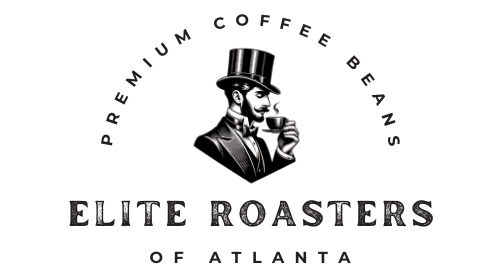
Cupping 101: How Professionals Taste Coffee
Coffee cupping, or coffee tasting, is the practice professionals use to evaluate a coffee's aroma and flavor profile. Much like wine tasting, it's a methodical process — a combination of art and science that can be learned and appreciated by all coffee lovers. Whether you're a seasoned coffee aficionado or new to the world of specialty coffee, understanding the basics of cupping can significantly enhance your appreciation of your daily brew.
The Cupping Process: Cupping is a standardized method of tasting that involves several key steps:
- Grinding: Coffee is ground to a medium-coarse texture, similar to sea salt. This is to ensure that the coffee extracts properly during the process.
- Smelling: Before water is added, cuppers nose the grounds to get a sense of the dry aroma, an integral part of the coffee's flavor profile.
- Brewing: Hot water is poured directly onto the grounds. The coffee steeps for several minutes, allowing the grounds to "bloom" and release their full array of flavors and aromas.
- Breaking the Crust: After 4 minutes of steeping, cuppers break the crust of grounds that has formed on the surface with a spoon, stirring three times and allowing the aroma to release, while also observing the coffee's body.
- Slurping: The coffee is then loudly slurped from a spoon, which helps to aerate it and spread it evenly across the palate, allowing the cupper to assess the coffee's full flavor profile.
- Tasting: After slurping, the coffee is spit out into a spittoon. This is done to avoid the effects of caffeine during multiple cuppings and to keep the palate clear.
What are Cuppers Looking For? Cuppers assess several aspects of the coffee:
- Aroma: This includes the smell of both the grounds and the brewed coffee.
- Flavor: The overall perception of the coffee in the mouth, including aspects like sweetness, acidity, bitterness, and the balance between them.
- Aftertaste: The lingering taste left on the palate after the coffee has been spit out.
- Acidity: Often described as brightness, this is the tart, sparkling quality perceived on the tip of the tongue.
- Body: The weight or thickness of the coffee as it feels in the mouth.
- Balance: How harmoniously the flavors work together.
Cupping at Home: While cupping is a professional practice, it can be adapted for home. You don't need much — just fresh coffee, a grinder, a few cups, a kettle, and a spoon. By following the same steps professionals use, you can start to build a deeper understanding and appreciation of different coffee varieties and roasts.
Coffee cupping is a fascinating and enjoyable way to deepen your knowledge of coffee. It can help you articulate what you enjoy in a coffee and why, guiding your future coffee purchases and brewing choices. So why not give it a try? You might discover flavors and nuances you never knew existed in your favorite cup.
Eager to put your cupping skills to the test? Visit our store for a selection of coffee perfectly suited for your next tasting session. Unleash your inner barista and explore the nuanced world of coffee with Elite Roasters of Atlanta.
Share
